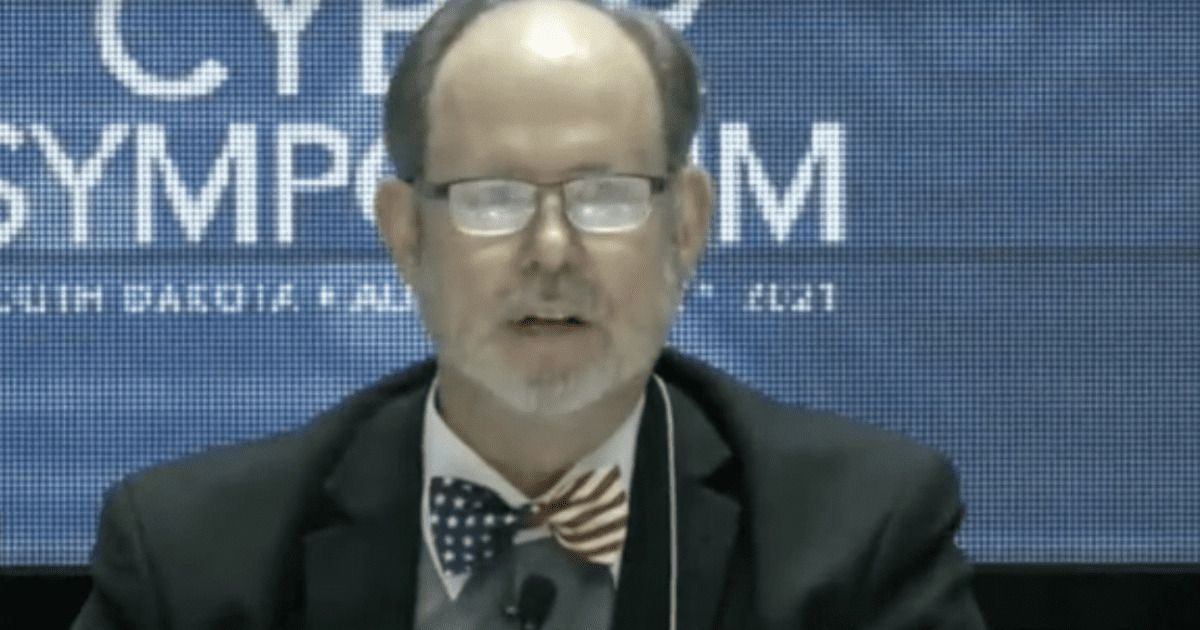Math doesn’t lie…..
Late last year I wrote several articles highlighting how statistical regression techniques and math could be used to uncover patterns of fraud.
Those techniques and others are once again coming to the forefront of the conversation via Mike Lindell’s symposium on election fraud.
We keep hearing that there is no evidence of fraud, and that our elections are the safest in the world, but the math is screaming at everyone to take a second look.
Here’s to hoping that more lawmakers pay attention to this:
Mathematic Impossibilities Uncovered In 2020 Election.
https://t.co/VO90DsNi5a— Vince Quill (@VinceQuill) August 11, 2021
More Proof!
Here is the evidence: The problem is most people are not able to understand the statistical data proving Democrat voter fraud. https://t.co/Fwiq5Yejct— Rick (@CPhenom69) July 17, 2021
This problem is not new, nor is it confined to The U.S. as Scientific American wrote in 2018:
A 2010 analysis of data from elections conducted in more than 170 countries between 1978 and 2004, published on the Social Science Research Network, found signs of some cheating in 61 percent of the countries, and major problems in 27 percent of them. Since the early 2000s various research groups, including Klimek’s, have used forensic tools to examine elections in multiple countries including Venezuela, Kenya, Cambodia, South Africa, Bangladesh and Argentina.
An even more basic challenge faces researchers who want to use forensic tool kits to analyze U.S. elections—getting the data. “The way elections take place and are administered in the U.S. is not really up to the quality standards in other countries,” says Klimek, who tried and failed to apply some of his methods to the 2008 election. “The data quality was not good enough.” In most states, access to voter registration data is restricted mainly to the political parties, the candidates and some companies that work with them, Mebane says.
Election Analysis by Seth Keshel
Former US military intelligence officer and statistical analyst
Following the November 2020 Presidential Election he analyzed the trends of voter registrations versus actual voteshttps://t.co/wy53mhdvyc— TheRaccoon (@RenaudMarc2021) August 3, 2021
It couldn't be clearer. Anyone who denies election fraud has to explain away a serious statistical anomaly. There is no other explanation. Watch and learn.https://t.co/8rX091BtRn
— Wally (@CaliComm007) August 11, 2021
NBC was even reporting on how vulnerable voting machines were prior to the 2020 election:
It was an assurance designed to bolster public confidence in the way America votes: Voting machines “are not connected to the internet.”
Then Acting Undersecretary for Cybersecurity and Communications at the Department of Homeland Security Jeanette Manfra said those words in 2017, testifying before Congress while she was responsible for the security of the nation’s voting system.
So many government officials like Manfra have said the same thing over the last few years that it is commonly accepted as gospel by most Americans. Behind it is the notion that if voting systems are not online, hackers will have a harder time compromising them.
But that is an overstatement, according to a team of 10 independent cybersecurity experts who specialize in voting systems and elections. While the voting machines themselves are not designed to be online, the larger voting systems in many states end up there, putting the voting process at risk.
That team of election security experts say that last summer, they discovered some systems are, in fact, online.
“We found over 35 [voting systems] had been left online and we’re still continuing to find more,” Kevin Skoglund, a senior technical advisor at the election security advocacy group National Election Defense Coalition, told NBC News.




Join the conversation!
Please share your thoughts about this article below. We value your opinions, and would love to see you add to the discussion!